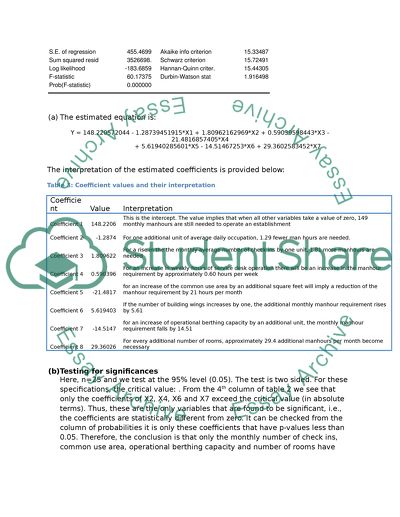Cite this document
(“E-views Essay Example | Topics and Well Written Essays - 2750 words”, n.d.)
Retrieved from https://studentshare.org/statistics/1396203-data-analysis
Retrieved from https://studentshare.org/statistics/1396203-data-analysis
(E-Views Essay Example | Topics and Well Written Essays - 2750 Words)
https://studentshare.org/statistics/1396203-data-analysis.
https://studentshare.org/statistics/1396203-data-analysis.
“E-Views Essay Example | Topics and Well Written Essays - 2750 Words”, n.d. https://studentshare.org/statistics/1396203-data-analysis.


